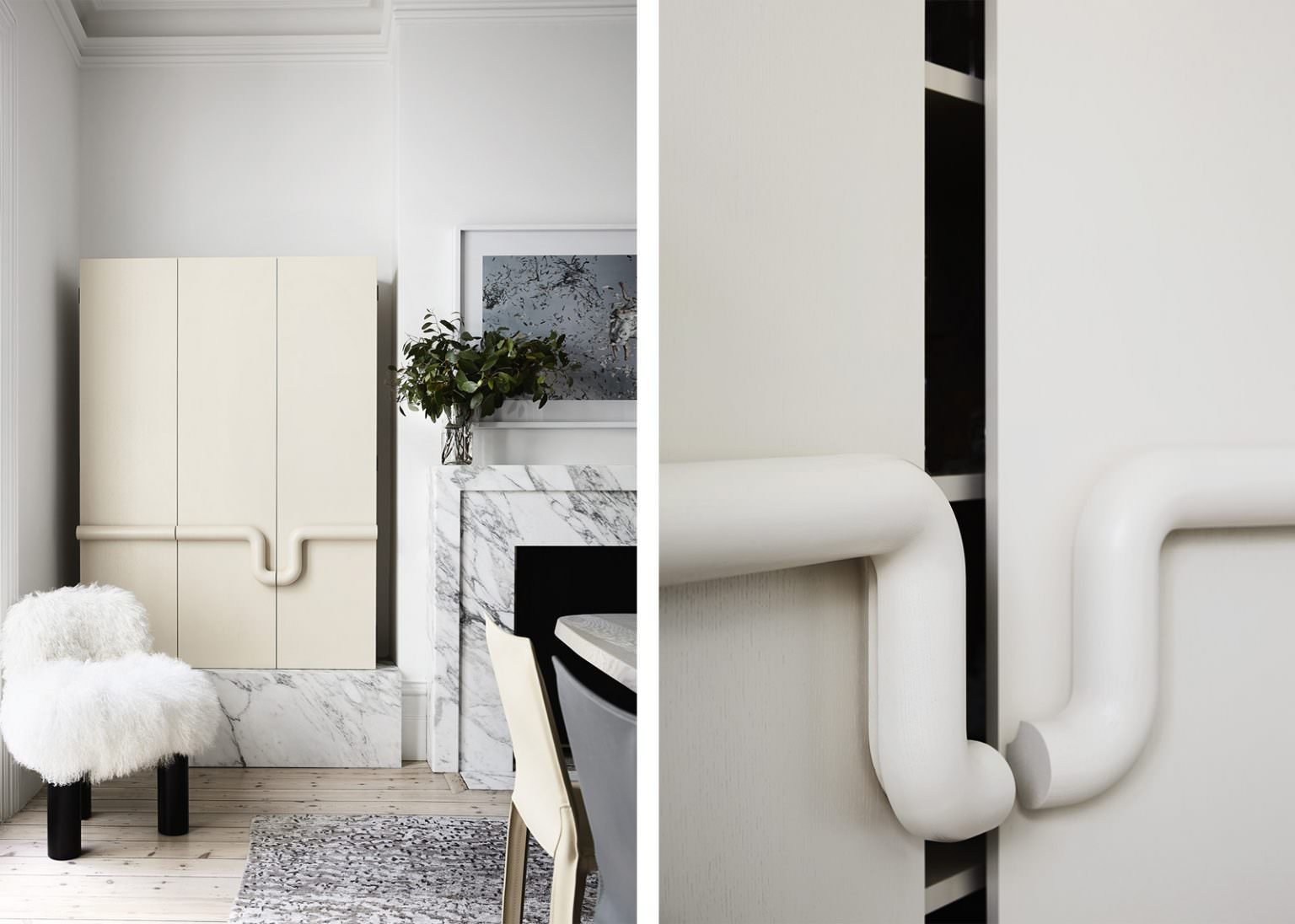Old meets new, meets renovation
There’s not much that can rival the beauty of a heritage property that has been brought back to life with a sympathetic renovation. These homes ooze the kind of character and undeniable charm that cannot be replicated. Walls that hold years of stories and when effortlessly combined with contemporary design, result in a memorable space that celebrates the soul of what was, while adapting to the needs of modern day living. The reality of this however, is that it takes time, dedication and a considered eye to find a sensitive way of connecting old and new without loosing character.
Forget open plan living or floor to ceiling windows, period homes were (quite obviously) designed for life in a different era. Common are odd shaped, pokey rooms that don’t do us any favours in embracing natural light or connecting with our outdoor spaces. Assessing the functionality and internal layout in relation to how you embark on your day to day life is a crucial starting point but in doing so, considering how existing rooms will be affected and not draining the home of its origins is key. The goal - a subtle shift between old and new.
‘Nothing worth having comes easy’ could be an appropriate term for a heritage renovation. Letting the original features do the talking and restoring detail like ornate plasterwork, stone fireplaces and pressed tin ceilings won’t be a walk in the park but will do wonders in honouring the home’s history and providing contrast and tension with the new additions. Use these existing characteristics to help drive your design decisions and inform the materials palette.
Utilising paint and colour in clever ways can be a great way of highlighting the architectural features, whilst still bringing a new life and personalised touch to the space. Subdued hues and a tonal colour palette allow the delicate detail to remain the hero and provides a backdrop for creating tangible depth through materiality and furnishings.
Like Gin and Tonic, Netflix and chill, period homes and custom built joinery go hand in hand. In my opinion, one cannot beautifully co-exist without the other. Perfect for filling awkward corners and built around original mouldings, bespoke joinery is a great way to add storage and contemporary detail, whilst seamlessly blending into the existing space.
There’s no denying that embarking on this type of project is a commitment but new renovations in old homes allow you to be a bit daring. Bold in decisions you wouldn’t normally make and embrace the quirky imperfections. My general approach to interiors is to always use a blend of old and new and this is your opportunity to mix metals and incorporate colour, texture and pattern in ways you wouldn’t normally. There will be unexpected surprises and so much that could go wrong but when you get it right, the result will be a love letter between old and new unrivalled by anything you could build from scratch.




